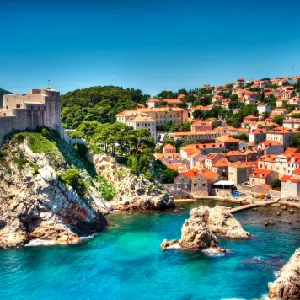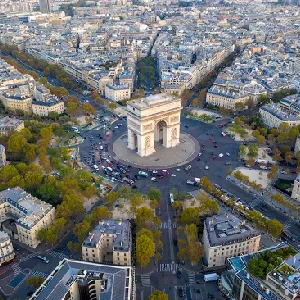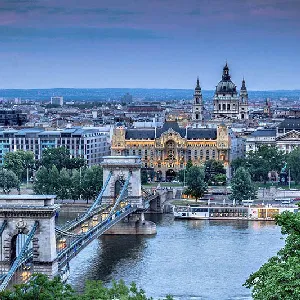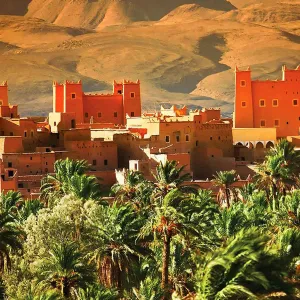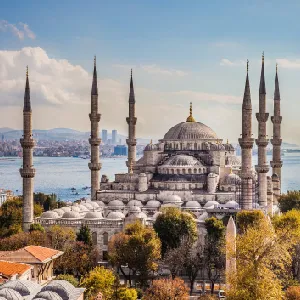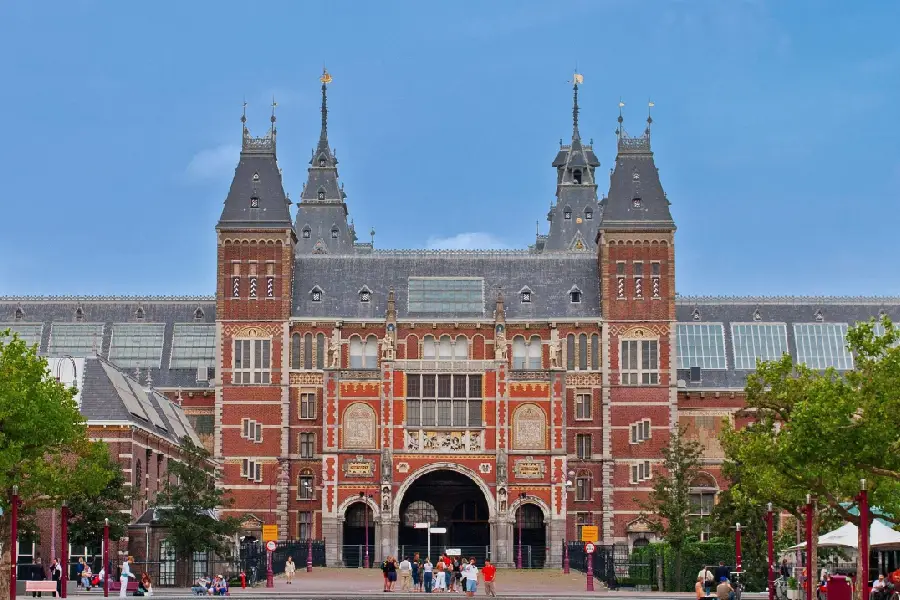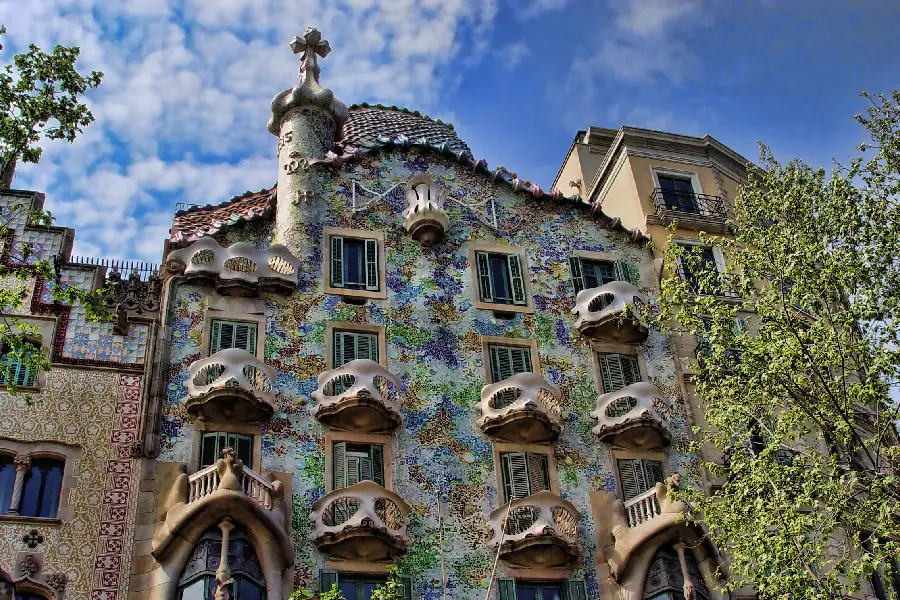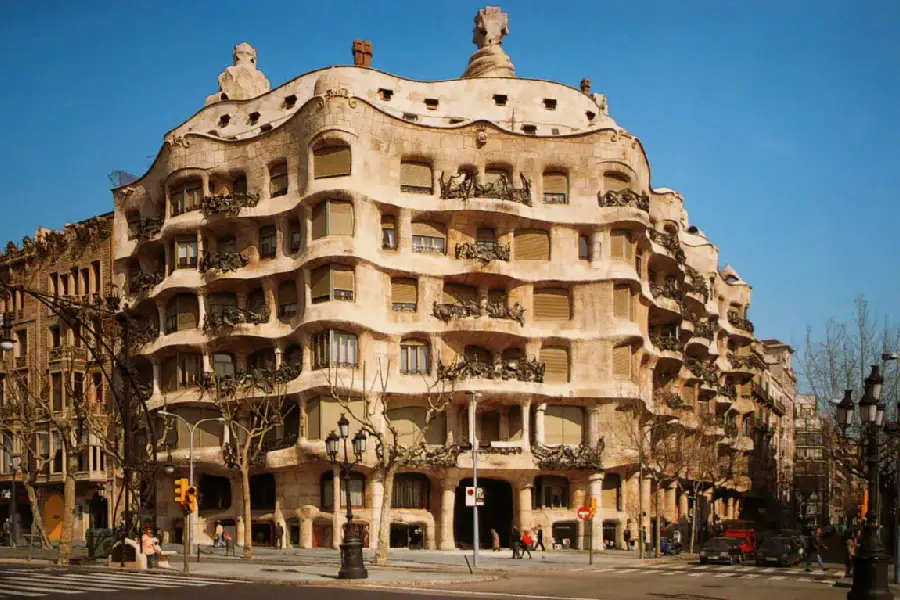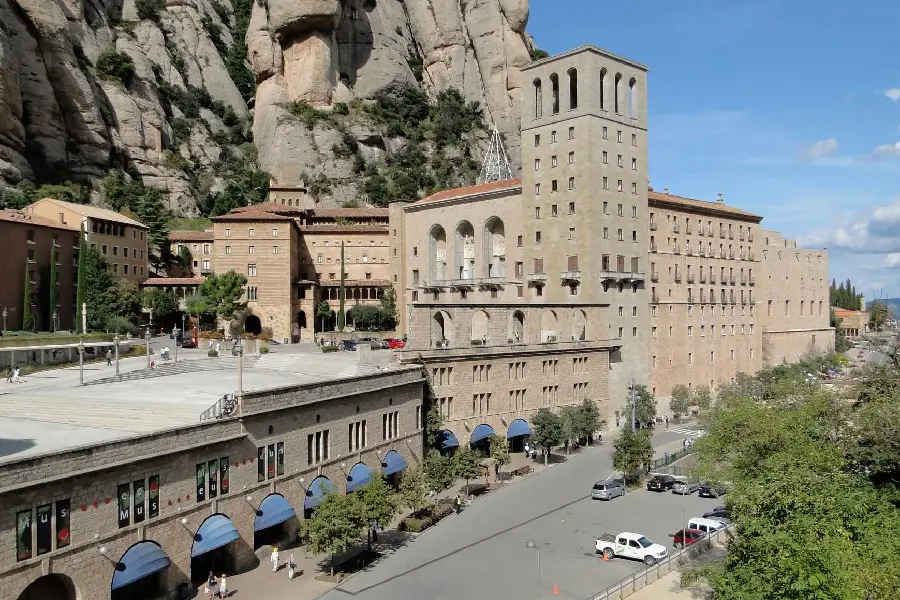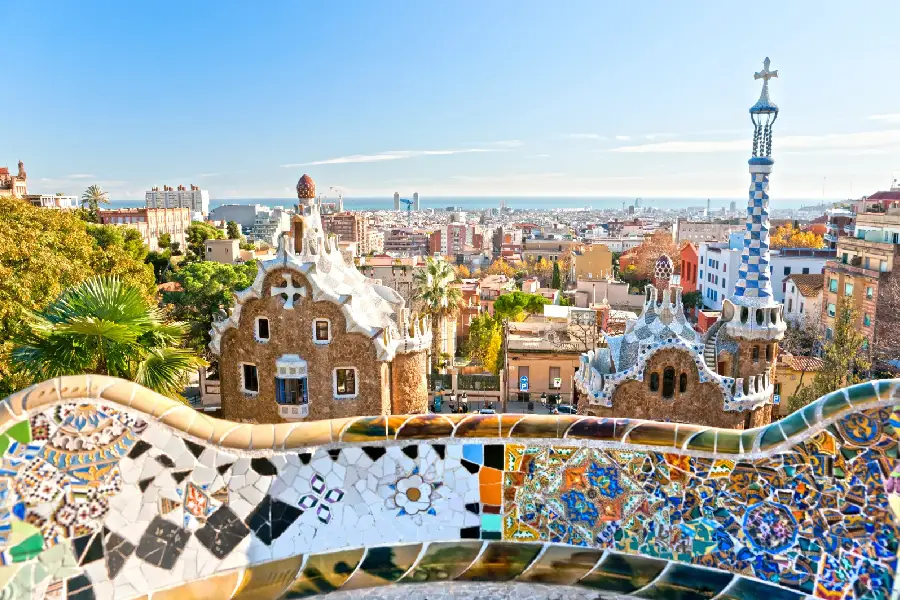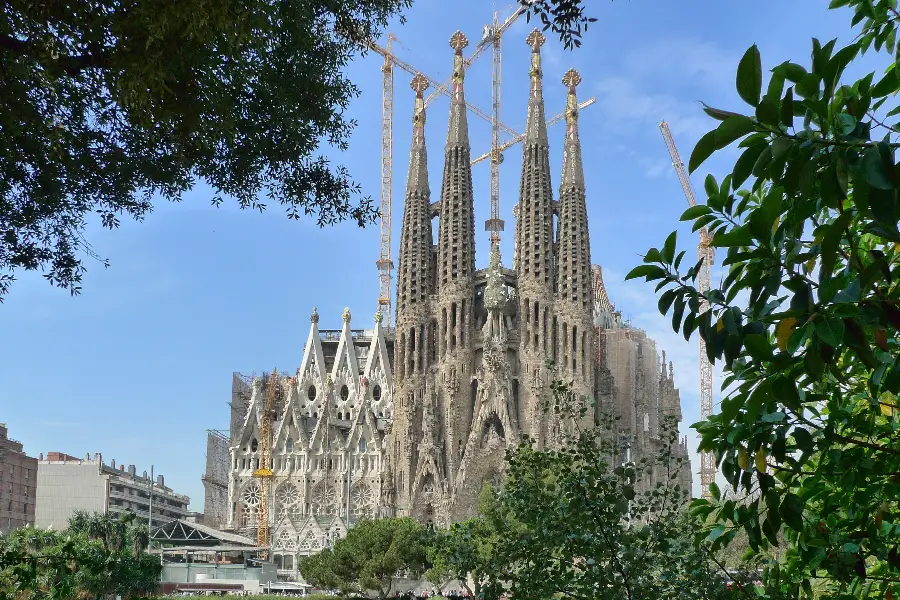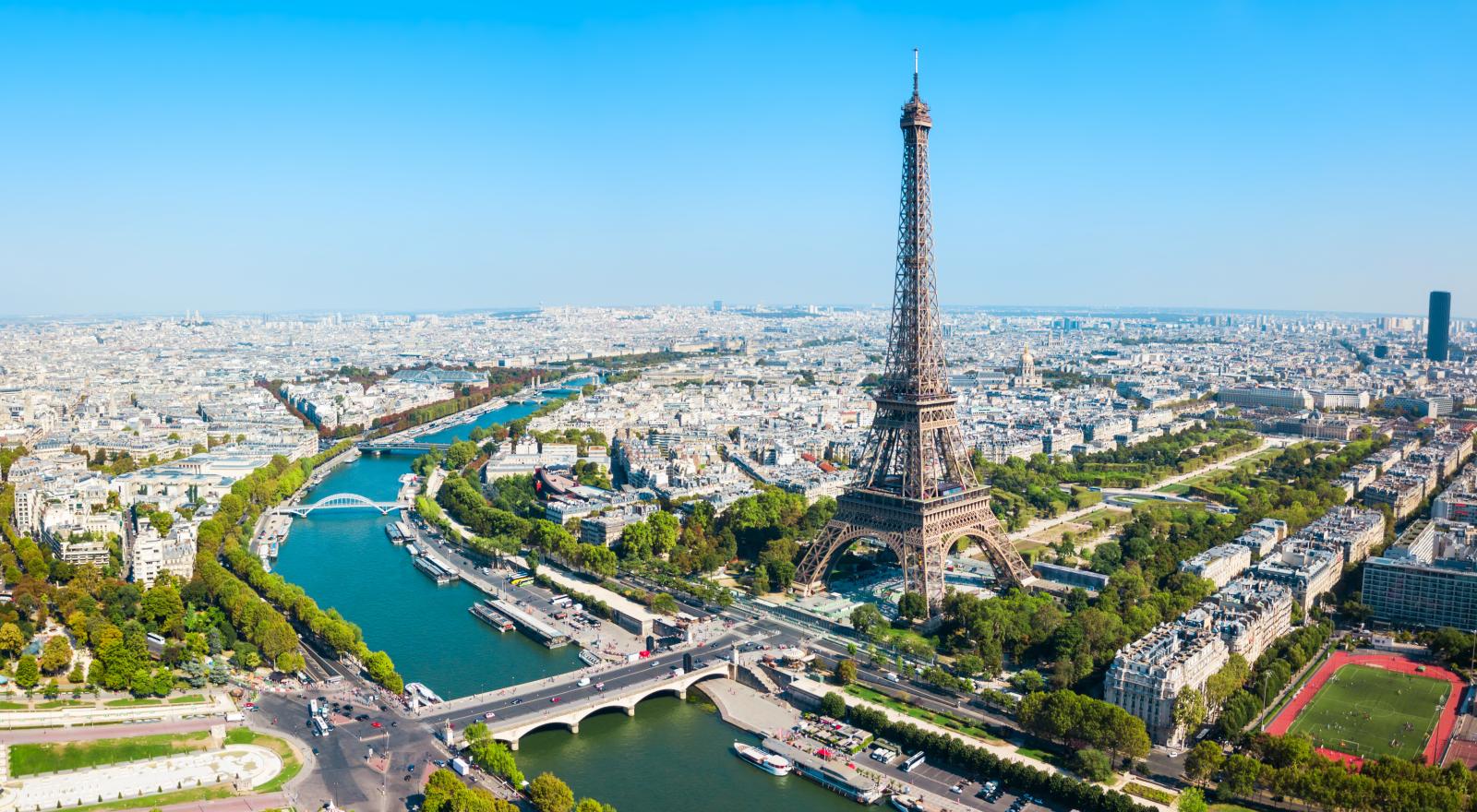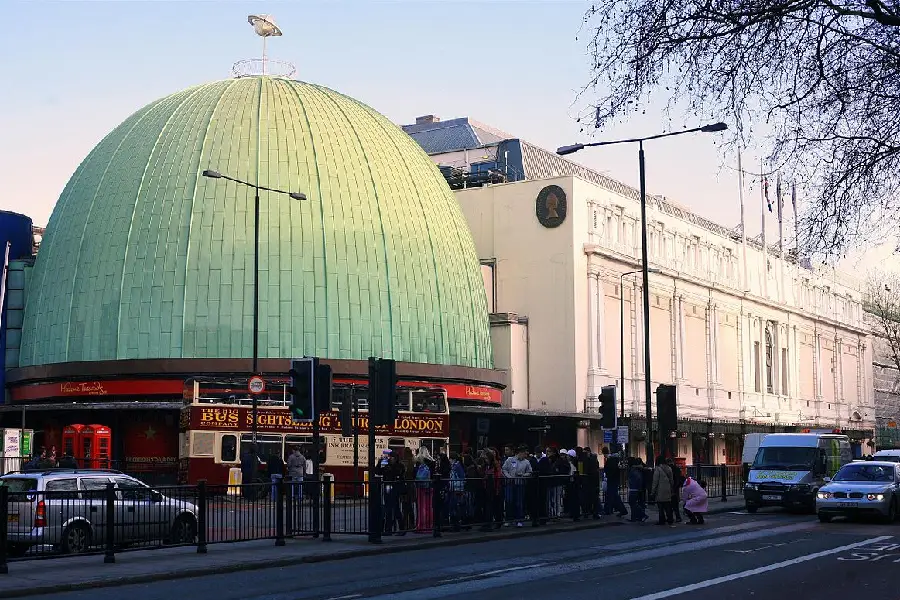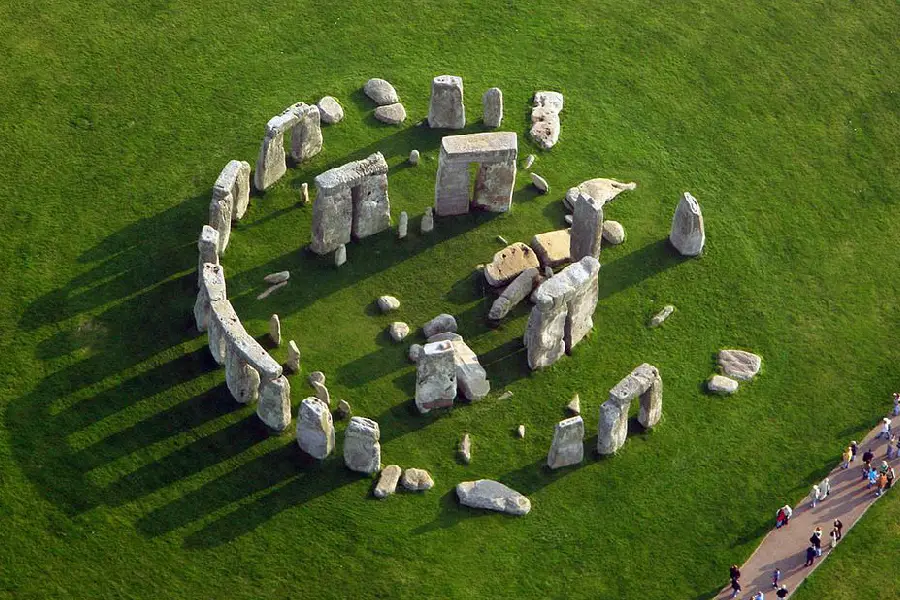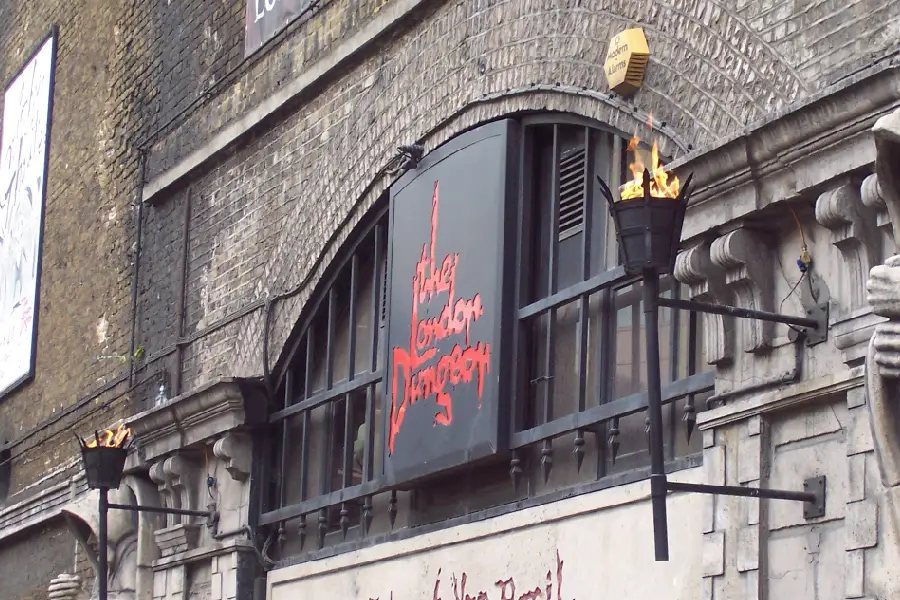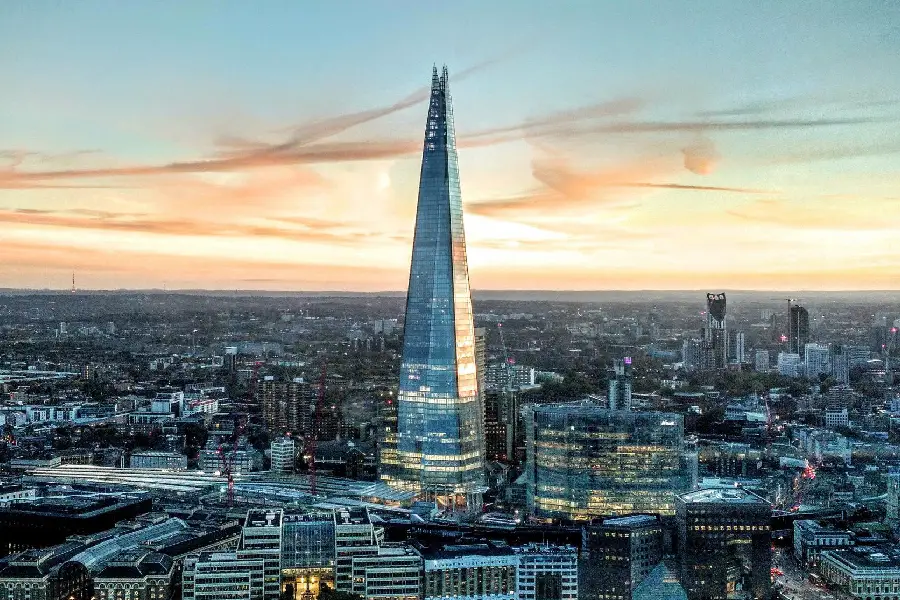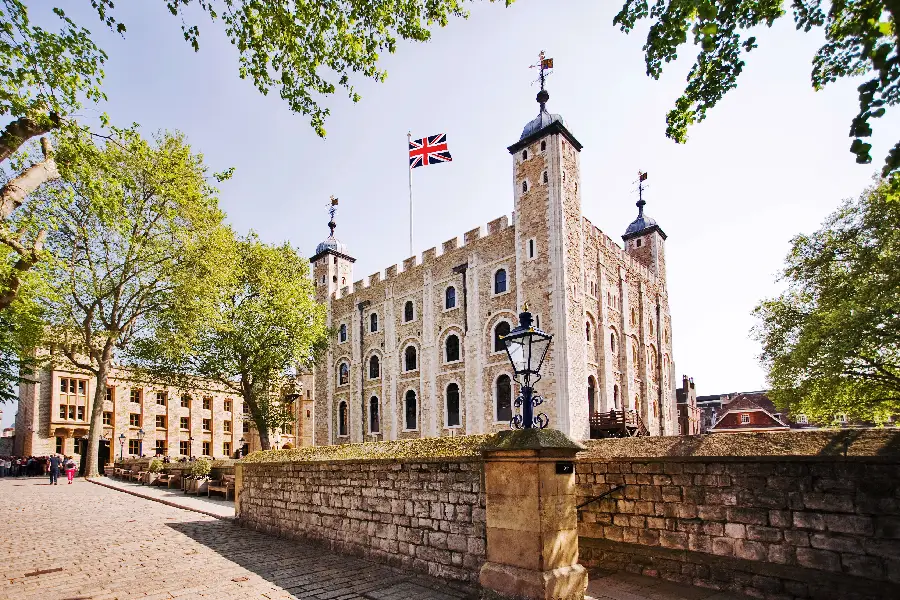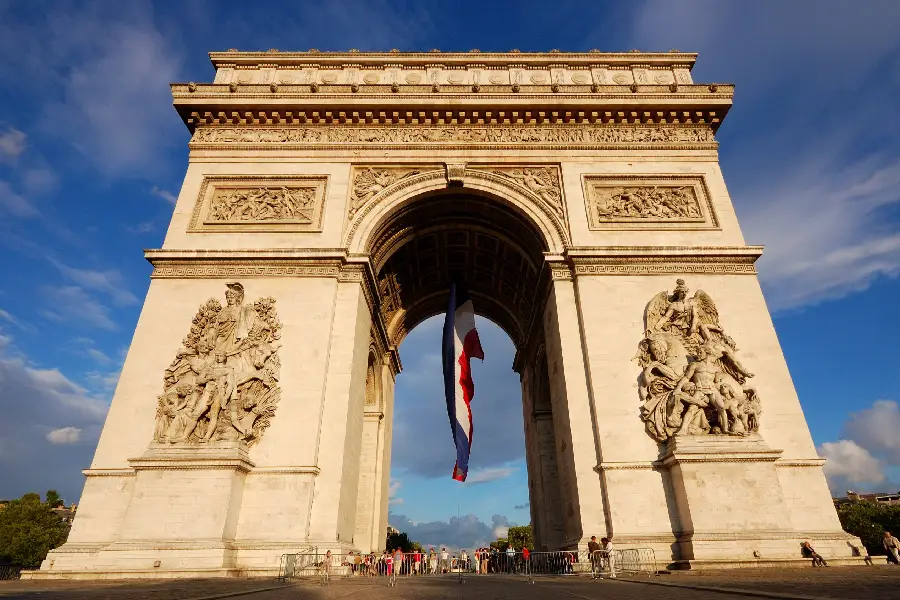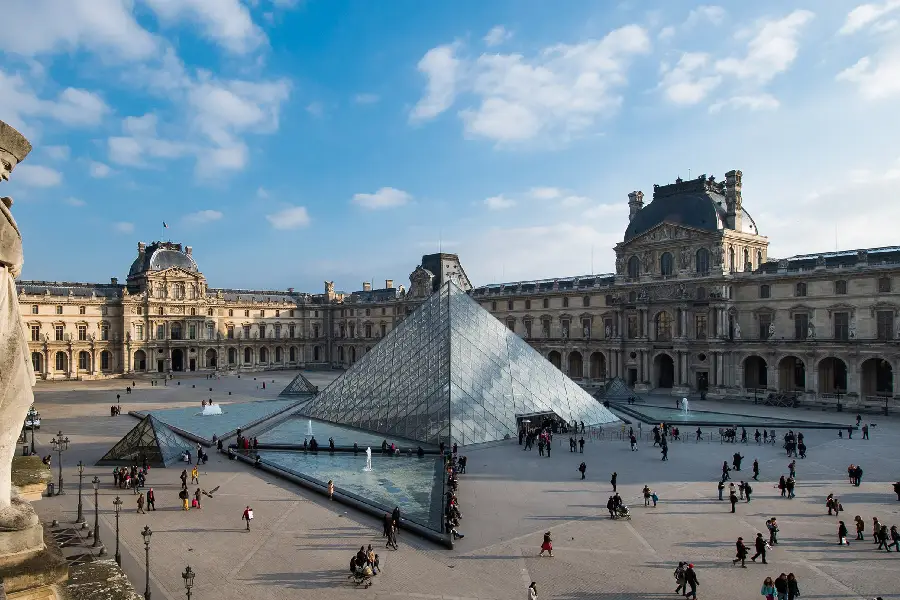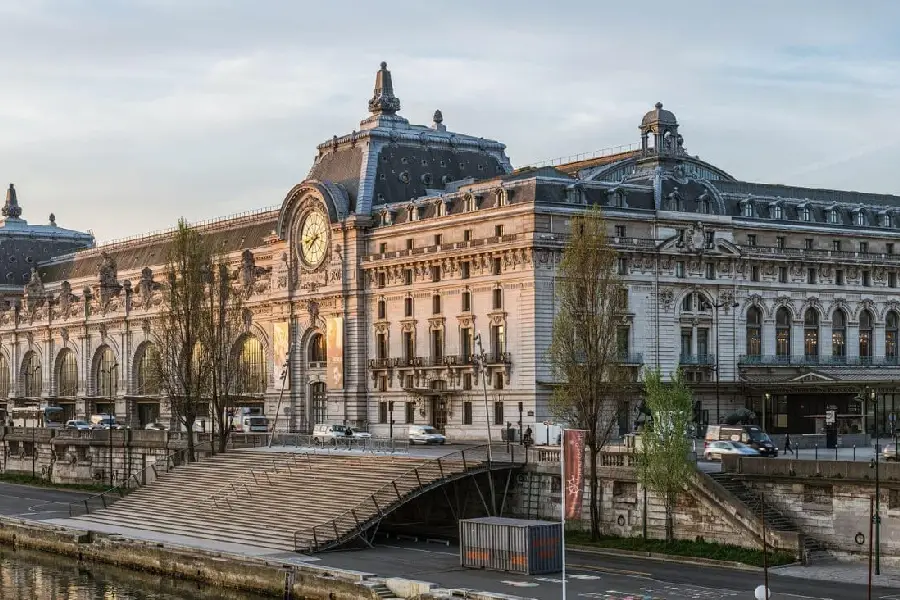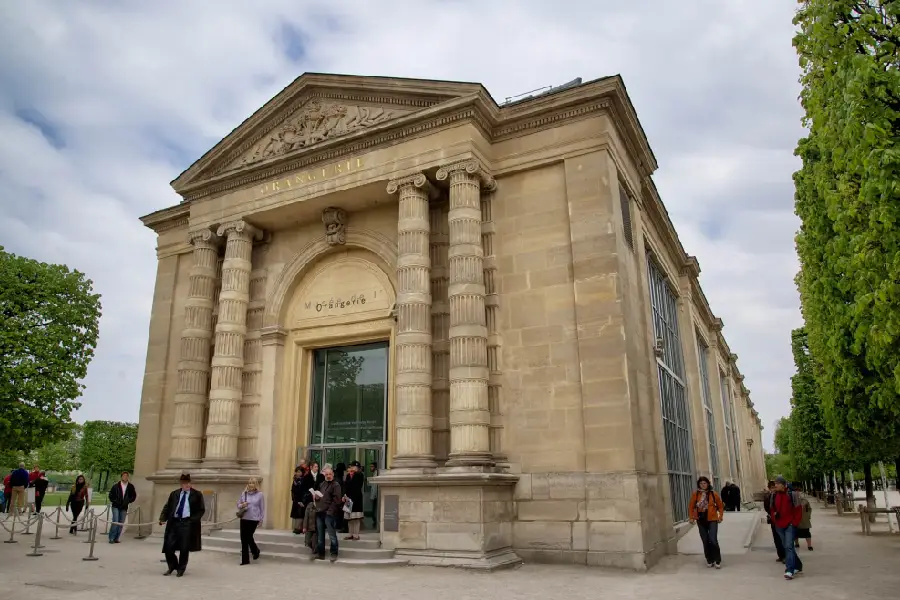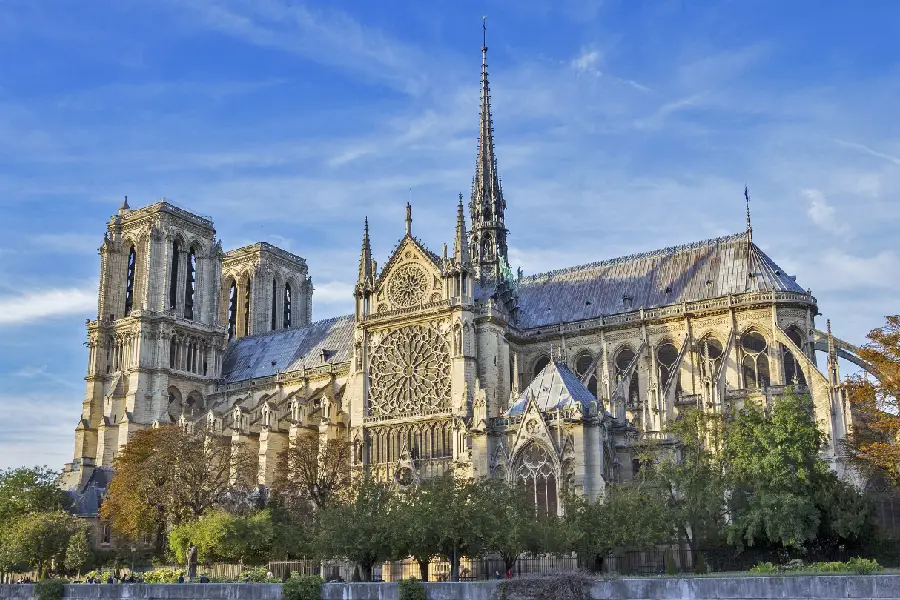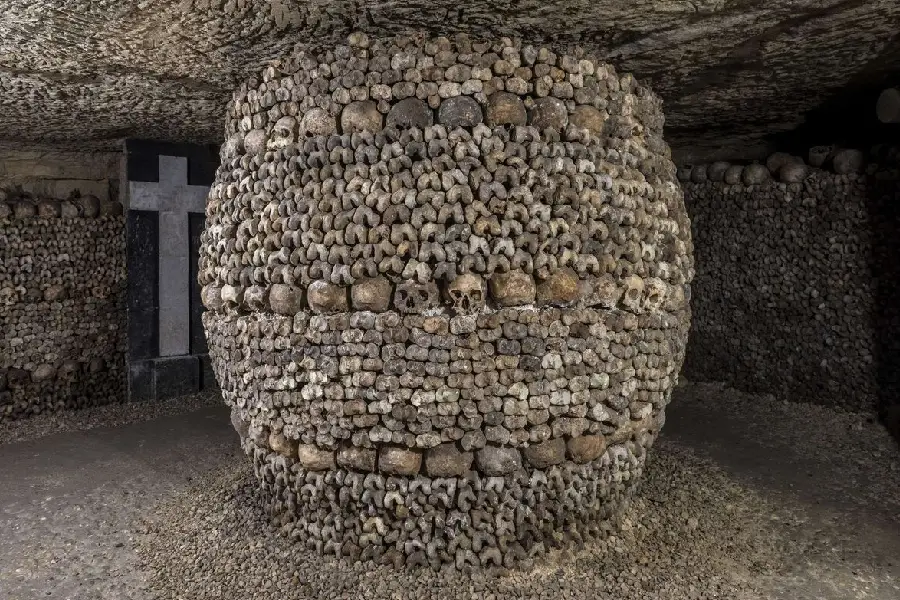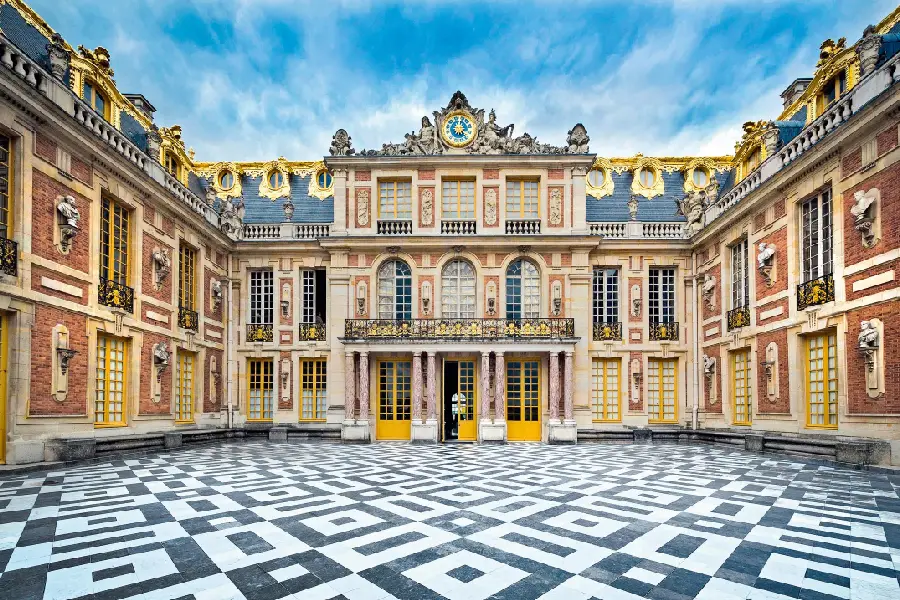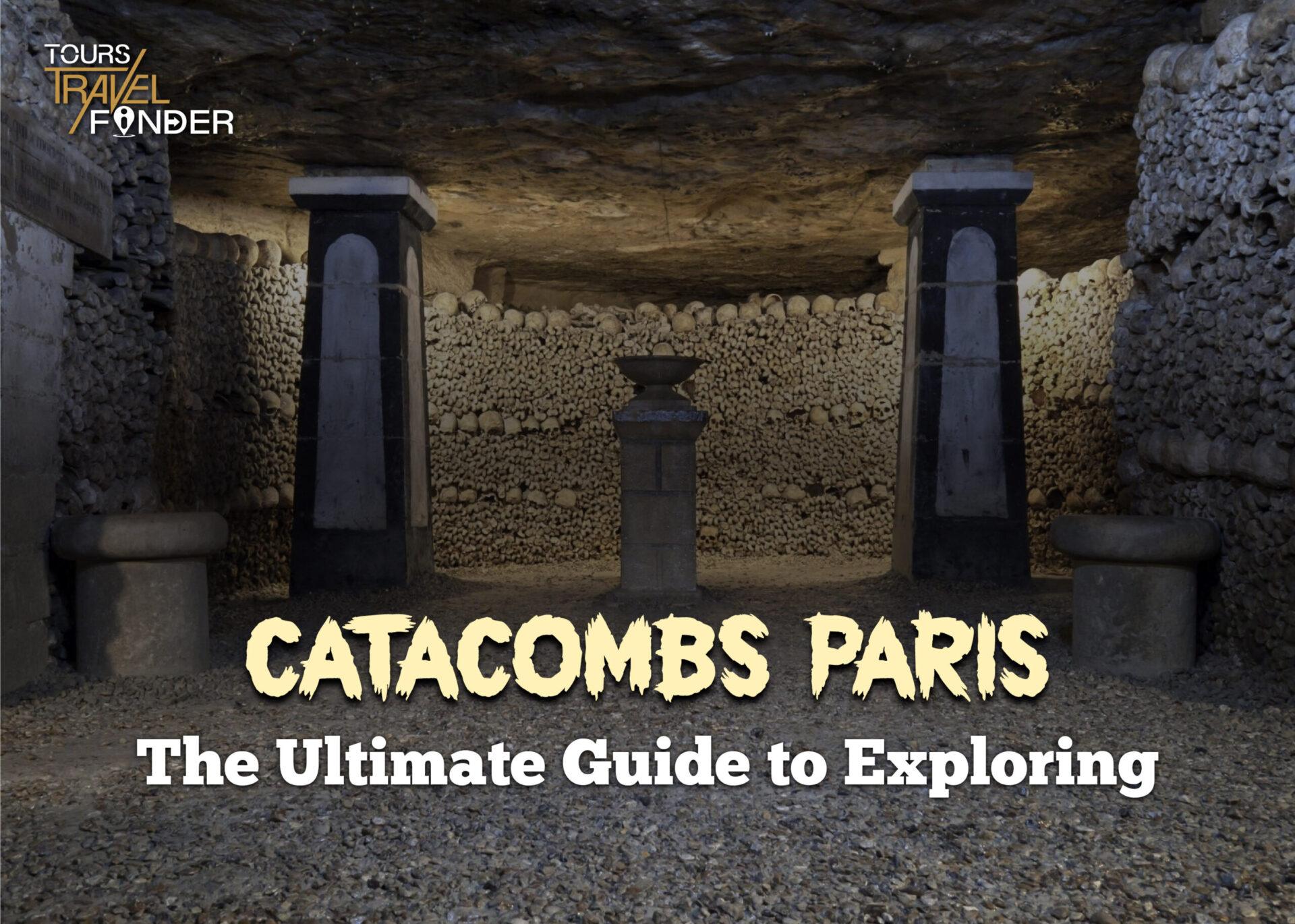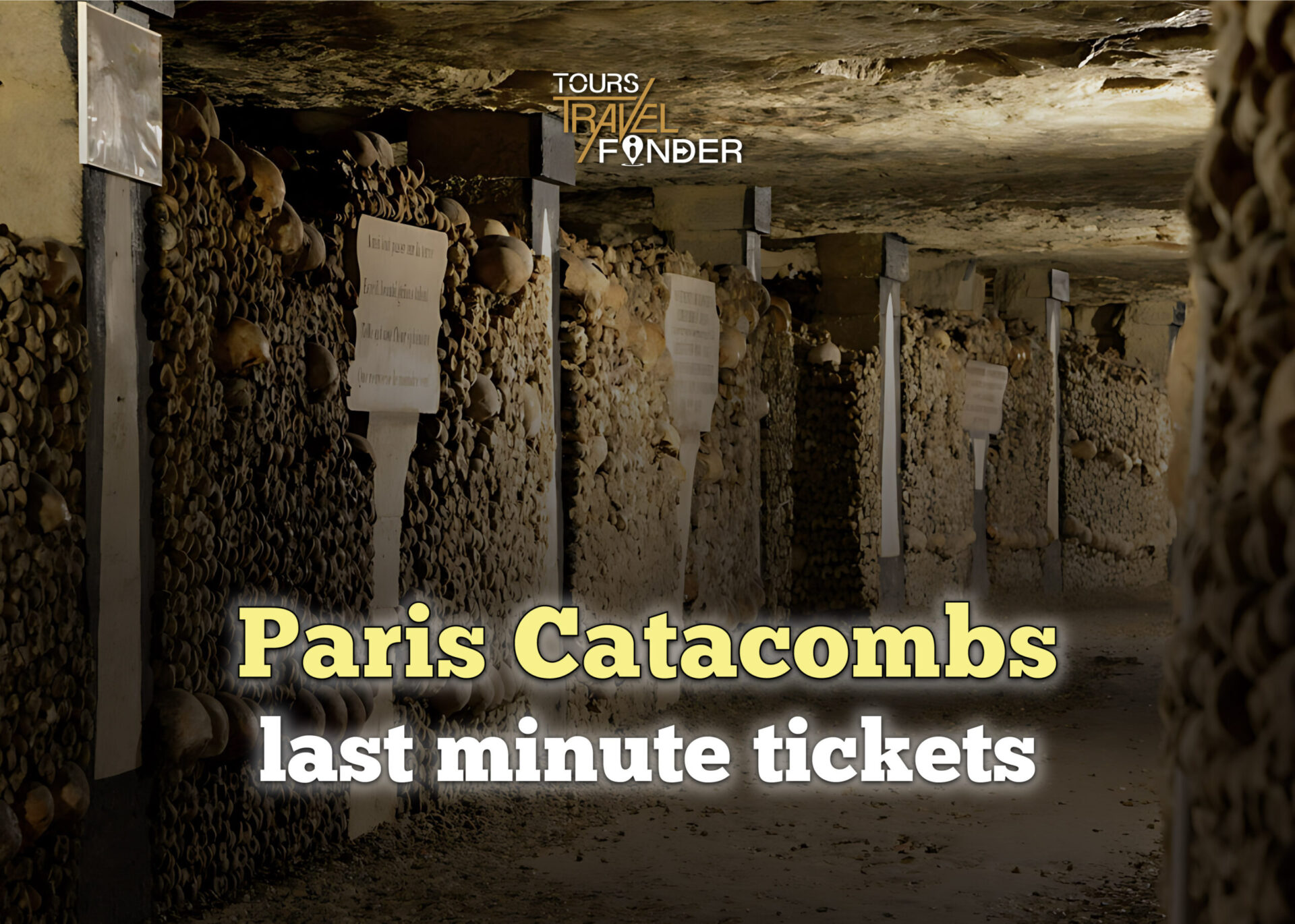Have you ever wondered what lies beneath the bustling streets of some of the world’s most famous cities? Get ready for an exhilarating journey as we delve into the mysterious and captivating realm of catacombs.
Catacombs are underground labyrinths full of secrets, history, and, yes, bones! Today, we’ll take a deeper look at the famed Paris Catacombs and compare them to other catacombs from across the world. Buckle your fictitious hard hats and grab your explorer’s notebook, for we’re ready to find the peculiarities and similarities that distinguish these underground treasures.
Let’s delve in and uncover the secrets of the Paris Catacombs Other World Catacombs to see how they compare to their counterparts worldwide!
Who built the catacombs of Paris?
The Paris catacombs were developed to answer a unique difficulty beneath the city’s streets. These underground tunnels, which extend southward from the Barrière d’Enfer (which translates to “Gate of Hell”), were not initially intended as a burial site. Instead, they began as a way to consolidate Paris’s ancient stone quarries. Read more: Paris Catacombs Last Minute Tickets
In 1777, a talented architect named Charles-Axel Guillaumot was tasked with stabilizing the entire system of subsurface mine tunnels. His duty was to safeguard the safety of the city above, as the huge network of quarries was threatening the stability of the streets and structures.
The catacombs gradually began to serve a new role. On April 7, 1786, the location was consecrated as the “Paris Municipal Ossuary.” It was thus given the mythological name “Catacombs.” So, while the catacombs of Paris were not originally intended to be a burial site, they were transformed into the famed underground resting place we know today.
Paris Catacombs vs Other World Catacombs History
The Paris Catacombs have a distinct and intriguing history that distinguishes them from those found elsewhere. Let’s take a closer look at how the history of the Paris Catacombs compares to that of other catacombs worldwide.
Paris Catacombs:
In the late 18th century, the Paris Catacombs arose in response to a particularly specific situation. Paris had huge historic stone quarries beneath the city, creating stability difficulties for the above streets and structures. In 1777, King Louis XVI commissioned architect Charles-Axel Guillemot to stabilize these deep mine tunnels. His work was critical to the city’s safety.
What makes the Paris Catacombs so fascinating is its evolution from quarries to an ossuary, a place to preserve human bones. On April 7, 1786, the site was dedicated as the “Paris Municipal Ossuary,” it became known as the “Catacombs” from then on.
Other World Catacombs:
Catacombs in other parts of the world have a variety of histories and beginnings. Some were initially intended to be burial grounds or religious locations. For instance, the Catacombs of Rome served as burial chambers for early Christians. Still, the Catacombs of Kom El Shoqafa in Alexandria, Egypt, served as a graveyard with Egyptian, Greek, and Roman elements.
Other caverns were reused for a variety of causes. For example, the Odesa Catacombs in Ukraine began as limestone quarries but were later used as hiding places during WWII. The Palermo Catacombs in Italy originated as burial grounds but later expanded into a complex network of tunnels and chambers storing mummified dead.
In conclusion, while the Paris Catacombs have a unique history that entails converting quarries into an ossuary, catacombs in other regions of the world vary widely in their origins and objectives. Each catacomb offers unique stories, making them all interesting underground wonders with rich histories.
Which catacombs are better?
Which catacombs are “better” depends on your interests and what you want to discover. However, some catacombs in Rome are very fascinating and well worth a visit:
Catacombs of Saint Callixtus (San Calisto): These are among the most famous and vast in Rome and are known for their historical and theological significance. They are the ultimate burial places of many early Christians and popes.
Catacombs of Saint Domitila: The oldest in Rome, these catacombs provide insight into the city’s early Christian past. They are well-known for their magnificent underground chambers and frescoes.
San Sebastiano Catacombs: Located along the Appian Way, they are noted for their unusual architecture and link to early Christian martyrs, including Saint Sebastian.
Although not precisely catacombs, the Vatican Necropolis is a unique underground burial site beneath St. Peter’s Basilica. It illuminates early Christian burial customs and is closely connected with the Vatican’s history.
The Bone Church and the Capuchin Crypt: Although it doesn’t fit the typical catacomb mold, the Bone Church, formally recognized as Santa Maria della Concezione dei Cappuccini, stands as a morbid yet captivating site showcasing the artistic arrangement of human skeletal remains. It provides a fresh take on the issue of mortality.
Finally, the “best” catacombs to visit in Rome are determined by your preferences. If you want to learn about the history of early Christianity, the Catacombs of Saint Callixtus and Saint Domitilla are great places to start. If you’re more interested in odd underground sites, the Bone Church is a must-see. Each of these locations has its special charm, making it worthwhile to visit various catacombs in Rome to understand the city’s underground history thoroughly.
What are the most famous catacombs in the world?
These catacombs, located beneath the streets of Paris in underground quarries, are among the most renowned in the world. They are notable for harboring roughly six million human skeletons, creating a unique and spooky underground world.
- Catacombs of Rome – Rome, Italy: Rome’s catacombs are also well-known and among the most well-known in the world. Their popularity stems partly from their immense size and historical significance in early Christianity.
- Catacombs of Kom el Shoqafa: Situated in Alexandria, Egypt, these catacombs are notable for their fusion of Egyptian, Greek, and Roman influences, earning them recognition as one of the Seven Wonders of the Middle Ages.
- Palermo Capuchin Catacombs: Located in Palermo, Italy, these catacombs are famed for the mummified bodies on display. Seeing so many preserved remains in one spot is an unusual and slightly eerie experience.
- Rabat Catacombs, Malta: These catacombs in Rabat, Malta, are noted for their historical and archaeological value, giving light to ancient burial practices in the region.
Among these are the Catacombs of St. Callixtus in Rome. This complex includes a wide network of galleries and is notable for housing the crypts of 16 popes, adding to its historical and theological significance.
These catacombs draw visitors worldwide, each providing a unique and intriguing view into the history, culture, and burial practices of various locations and time eras.
What is the oldest catacomb in the world?
The Catacombs of San Sebastiano in Rome, Italy, holds the status of the world’s oldest catacomb. These catacombs have a long history stretching back to the first century AD, making them some of the first catacombs ever built.
The Catacombs of San Sebastiano are known for their position as a hypogeum cemetery and are located along the ancient Via Appia Antica. What makes them even more intriguing is that the tunnels themselves are thought to be considerably older, having been cut out by the Etruscans for the purpose of mining limestone and sandstone.
These catacombs have a distinctive place in history because they were among the first examples of artificial subterranean pathways used for religious practices. The Catacombs of San Sebastiano served as a final resting place for early Christians, and the labyrinthine tunnels and chambers pay evidence to the ancient practices and beliefs of the time.
In summary, the Catacombs of San Sebastiano in Rome are commonly recognized as the world’s oldest catacombs, indicating the deep historical significance of these underground burial sites.
Which city has the best catacombs?
Determining which city has the “best” catacombs can be subjective, as it relies on personal interests and tastes. However, some cities around the world are famous for their interesting catacombs. Here are some of the more intriguing:
- Catacombs of Rome – Rome, Italy: Rome’s catacombs are historically significant and among the most extensive in the world. They offer a rare view into early Christian history and burial practices.
- Paris Catacombs – Paris, France: The Paris Catacombs are famed for their creepy and labyrinthine passageways filled with millions of human remains. They provide an intriguing blend of history, art, and mystery.
- Capuchin Monastery Catacombs – Palermo, Italy: These Palermo catacombs are notable for their horrible yet artistic display of mummified dead. They deliver an intriguing and thought-provoking experience.
- Catacombs of Kom Al Shoqafa – Alexandria, Egypt: These catacombs are notable for their unusual blend of Egyptian, Greek, and Roman elements. They provide witness to the city’s long past.
- Odesa Catacombs – Odesa, Ukraine: Although not classic, the Odesa Catacombs are a massive network of underground tunnels with a rich history, including their usage as a hiding place during World War II.
Are there any catacombs in America?
The Indianapolis Catacombs, for example, comprise around 20,000 square feet (1,900 m2) of underground corridors. These catacombs can be found at the northeast intersection of Market and Delaware streets in downtown Indianapolis, Indiana. They offer a unique view into the city’s past and are frequently used for events and excursions, making them a fascinating underground destination in the center of the United States.
Where are the largest catacombs found?
The world’s largest catacombs are located beneath the Ukrainian port city of Odesa. These catacombs, technically former limestone quarries, form a vast network of underground passages. They are famed for their size, reaching ten floors deep and covering a remarkable distance of about fifteen hundred kilometers beneath the city’s streets. The catacombs of Odessa are a remarkable marvel of underground exploration, enclosing a gigantic labyrinth beneath this medieval city.
Who was the girl who got lost in the Odessa Catacombs?
On January 1, 2005, a group of Odessa youngsters embarked on a hazardous journey, deciding to spend New Year’s Eve partying deep within the Odessa Catacombs. Masha, a young girl, was one of them. However, tragedy struck amidst the catacombs’ drunken exuberance and confusing darkness. Masha became isolated from the group, and her situation swiftly deteriorated.
Masha traveled through the catacombs’ extremely cold and pitch-black labyrinthine passages for three grueling days, enduring the constant obstacles of dehydration and loneliness. Unfortunately, her ordeal ended in disaster when she died of dehydration, marking a sad episode in the history of the Odessa Catacombs and acting as a clear reminder of their deadly nature.
Conclusion
Our research into catacombs from across the world has revealed a fascinating and often eerie underground world rich in history, riddles, and legends. From the famed Paris Catacombs to the ancient catacombs of Rome, each location has its distinct character and significance.
The Paris Catacombs grew from an idea to stabilize the city’s historic quarries into a renowned underground ossuary. Their metamorphosis from a practical function to a resting place for millions of souls adds to their attractiveness.
When we compared the Paris Catacombs to other catacombs throughout the world, we discovered a wide range of histories and functions. The catacombs of Rome, anchored in early Christian traditions, contrast with the catacombs of Alexandria, which include multicultural influences.
The “best” catacombs are subjective, with Rome giving a rich Christian history, Paris presenting an eerie and aesthetic experience, and unusual locations like the Bone Church in Rome adding a distinct perspective on mortality.
The Catacombs of Paris, Rome’s enormous catacombs, the Catacombs of Kom el Shoqafa in Egypt, Palermo’s Capuchin Catacombs, and the Rabat Catacombs in Malta are among the most famous catacombs in the world, each offering a unique view into their respective regions’ history and culture.
The Catacombs of San Sebastiano in Rome are the world’s oldest, dating back to the 1st century AD. Their Etruscan-carved tunnels betray their much older origins as limestone and sandstone mines.
Which city has the nicest catacombs is a matter of personal preference. Rome, Paris, Palermo, Alexandria, and Odessa each have unique underground experiences.
In America, the Indianapolis Catacombs, nestled beneath the bustling streets of downtown Indianapolis, offer a unique view into the country’s history.
The world’s largest catacombs can be discovered beneath Odesa, Ukraine, in a complex network of ancient limestone quarries running for an incredible fifteen hundred kilometers beneath the city’s streets.
Finally, the terrible story of Masha, who was lost and died in the Odessa Catacombs, serves as a chilling reminder of the catacombs’ deadly nature.
Our trek through the catacombs has revealed a world beneath our feet packed with history, art, and sad musings on mortality. Each catacomb, city, and story adds to the tapestry of humanity’s discovery of the subterranean, making these underground wonders unique and compelling.










